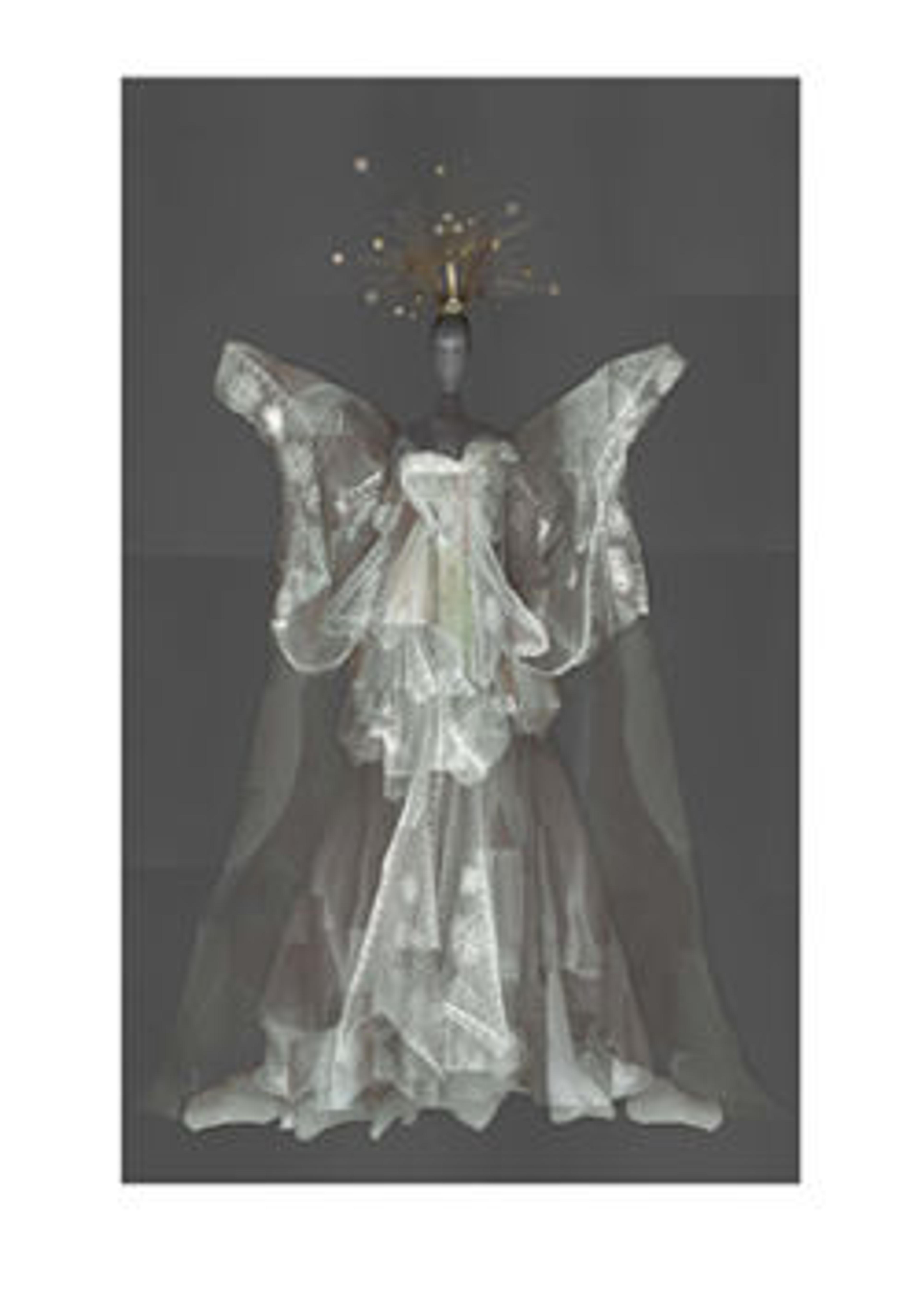The Fifteen Mysteries and the Virgin of the Rosary
In the later Middle Ages, Christian worshippers began to use strings of beads, known as rosaries, to help them count off prayers in a set number and sequence. While praying, they meditated upon a series of events in the lives of Christ and the Virgin Mary known as the "fifteen mysteries." This altarpiece depicts the mysteries as separate scenes, arrayed like rosary beads across the top three registers of the altarpiece. The larger image at the bottom shows the Virgin and Christ Child adorned with a garland of red and white roses in the form of an enormous rosary. The background landscape portrays the Coudenberg Palace in Brussels, suggesting that the picture was commissioned by a member of the Habsburg court.
Artwork Details
- Title:The Fifteen Mysteries and the Virgin of the Rosary
- Artist:Netherlandish (Brussels) Painter
- Date:ca. 1515–20
- Medium:Oil on wood
- Dimensions:(a) 9 7/8 x 21 in. (25.1 x 53.3 cm); (b–p) each 5 x 4 1/8 in. (12.7 x 10.5 cm)
- Classification:Paintings
- Credit Line:Anonymous Bequest, 1984
- Object Number:1987.290.3a–p
- Curatorial Department: European Paintings
More Artwork
Research Resources
The Met provides unparalleled resources for research and welcomes an international community of students and scholars. The Met's Open Access API is where creators and researchers can connect to the The Met collection. Open Access data and public domain images are available for unrestricted commercial and noncommercial use without permission or fee.
To request images under copyright and other restrictions, please use this Image Request form.
Feedback
We continue to research and examine historical and cultural context for objects in The Met collection. If you have comments or questions about this object record, please contact us using the form below. The Museum looks forward to receiving your comments.
